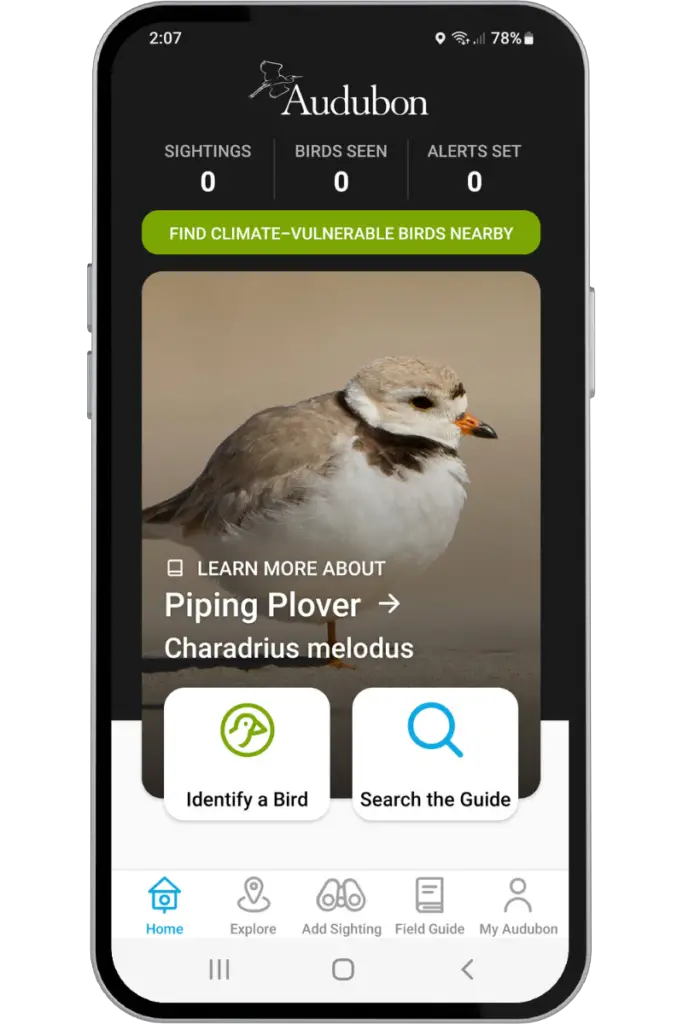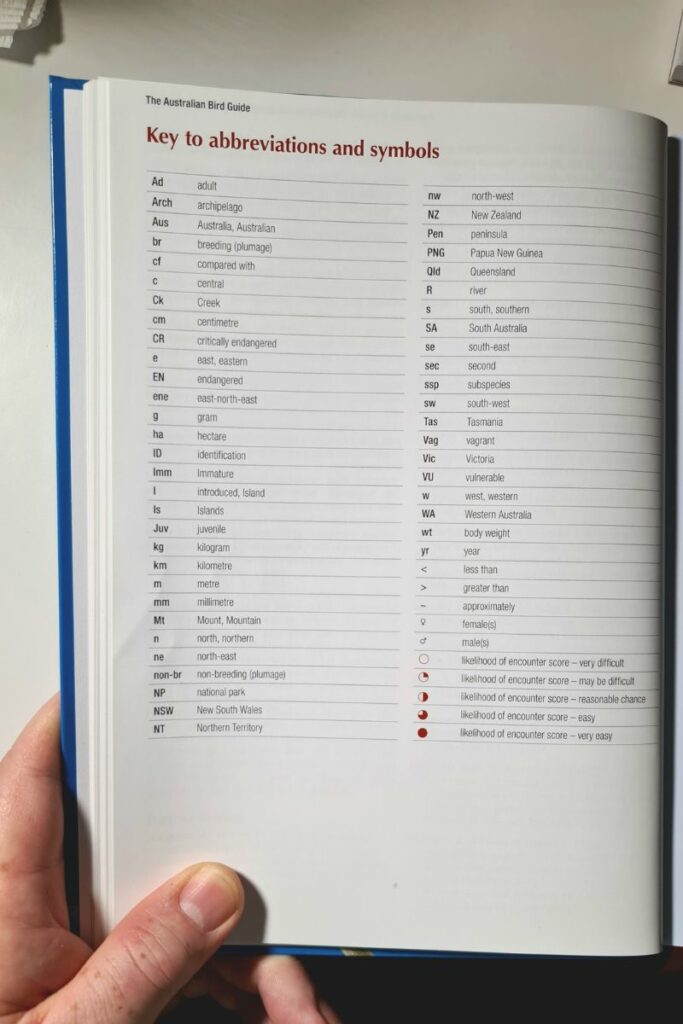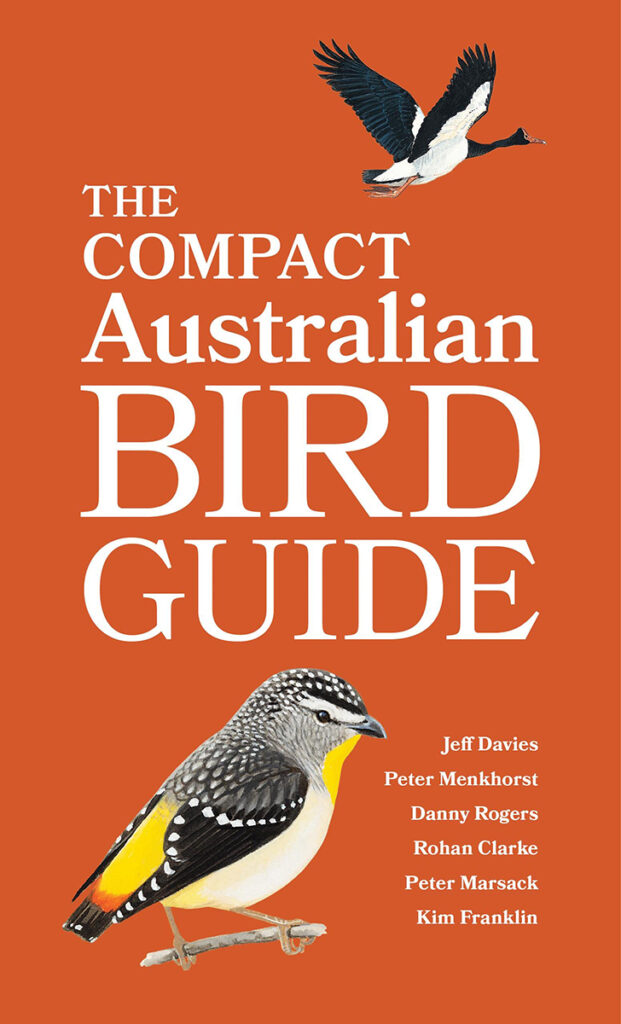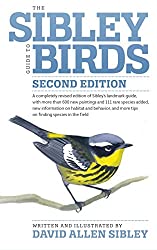The term “birding field guide” is thrown around a lot in the birding community but what does it mean? In this article, you will learn exactly what a birding field guide is and also how to use one. I use field guides on a weekly basis for my blog research and my birding so I can offer some great insight here.
A birding field guide is a book or smartphone app that offers information about bird species from a particular country, state, or region. Birders use field guides to identify the birds they see and to learn more about them. Field guidebooks come in various sizes, some small enough to carry with you.
Continue reading to learn more about birding field guides, including seven tips to get the most out of using them.
As an Amazon Associate, I earn from qualifying purchases. Birdwatch World earns commissions from Amazon and similar affiliate programs from any purchases made via links in this article.
What Is A Birding Field Guide?
I have already mentioned that a birding field guide is a book or app that helps birders identify birds they find in the field. There is much more to a field guide than just that.
Throughout this article, I’ll be referring to The Australian Bird Guide, one of the best guides to Australian birds on the market.

What Information Does A Birding Field Guide Provide?
A good field guide contains detailed illustrations or photographs of birds to help you figure out what species you have encountered in the wild. Some of the information it may provide is:
- Feather coloring/patterns
- Eye color
- Bill color
- Bill length/shape
- Leg/feet color
- Wing shape
- Wing span
- Tail shape/size
- Length/Height
- Weight
- Differences in sexes (size/weight/colors)
- Differences in plumages (breeding/juvenile/molting stages)
- Description of each bird’s calls
- Migration details
- Flying style
The other very important thing a bird field guide will offer is a distribution map showing where the particular species can be found. This is crucial in determining the correct species.
Below is a typical left-side page from The Australian Bird Guide. Notice the depth of information it provides, including the distribution maps in the lower left:
Learn how to birdwatch from home in this article here on the blog.
Above you can see how much this guide tells you about each bird species. While only having a few hundred words about each one, it packs so much helpful information into that amount of words.
Below is a typical right-side page of The Australian Bird Guide:
A decent field guide will contain detailed sketches of each bird such as those in the image above. It’s important for the guide to get this right as it can mean the difference between correctly identifying a species and getting it wrong.
Some field guides offer photographs of each species. The Complete Guide To Australian Birds is one such guide:

In my opinion, having photographs of the birds can be better than illustrations as it makes it easier to discern colors.
Birding Field Guide Apps
A more modern solution to a bird field guidebook is a smartphone app. There are many available but the best is provided by The Cornell Lab Of Ornithology.
The Merlin Bird ID app is used by birders across the world to identify birds by size, color, behavior, and location. This is a much more practical solution to having a bird guide with you at all times as you take your phone with you everywhere you go; there’s no need to carry a bulky book.

Discover more about using the Merlin Bird ID app in this article.
As you can see from the image above, Merlin Bird ID has information on over 8500 species worldwide and the list is growing all the time. This app also links with Cornell Lab’s other great app, eBird, where you can record your sightings and find information about where birds have been seen all over the globe.
For North American species, the best app is the Audubon Bird Guide app. This app contains a built-in field guide with information about various species, as well as pictures and audio.

Tips For Using A Birding Field Guide
Below you will find seven tips for getting the most from any birding field guide. Using these tips, you should enjoy using your field guide more and also more easily identify the birds you see.
1. Read the ‘Identifying Birds’ Section
Many birding field guides have an Identifying Birds section. Depending on how detailed this section is, it can help you to become better at recognizing birds.
The people who write these field guides know their stuff. In many cases, they are leaders in the fields of ecology or ornithology and have spent years researching, observing, and cataloging birds. You could do worse than to take some tips from them on bird identification.
Discover how to identify a bird in 10 easy steps right here on the site.
2. Read The Key
Bird field guides have their own language and if you don’t understand the abbreviations and symbols, you will waste a lot of time flipping back and forth looking for meaning.
I suggest studying the key at the beginning of the book. Take a few moments to learn the most important abbreviations and symbols; this will make using the guide more stress-free.
3. Make Use Of The Sections
A bird guide should be divided into sections. For example, The Australian Bird Guide is divided into three sections: marine and coastal birds, freshwater birds, and land birds. These make it easier to flick to the right section when identifying a bird.
These sections will be color-coded on the fore-edge of the book and there will be some kind of legend within the book to let you know what each section is.
4. Read The Glossary
Just like the key, the glossary will make understanding the book all that easier. You may not understand all the terminology bird field guides use, especially if you are new to birding; reading the glossary will help.

5. Use The Index
Another way to find a certain species of bird quickly in the field guide is to use the index. A great thing about this is that most field guide indexes are arranged in a way that groups species.
Let’s say that you think the bird you saw was a Swallow. You simply turn to the index and look under S for Swallow. All the different species of swallows will be listed there.
6. Not All Birding Field Guides Are Equal
Be careful which field guides you purchase as they are not all equal. Some are not thorough enough and some may have misleading information.
Some reliable birding field guides to look for are:
- The Australian Bird Guide
- Any field guide from Audubon
- Sibley Field Guides
- Princeton Field Guides
You will find more recommendations for great field guides below.
7. Never Leave Home Without Your Field Guide
Whether you keep your birding field guide in your car, your handbag, or your back pocket…don’t leave home without it.

You never know when birds are going to show up and chances are; the day you leave it at home is the day you will see a species you can’t identify without it. Keep it with you wherever you go.
Birding Field Guide Recommendations
Below are the field guides I recommend and use here at Birdwatch World.
The Australian Bird Guide
Check the latest pricing from Amazon, Walmart, and eBay via the button below.
The Australian Bird Guide also comes in a compact edition that is more practical for use in the field. Check the latest pricing from Amazon, or eBay via the button below.
The Complete Guide To Australian Birds
Check the latest pricing from Amazon, or eBay via the button below.
Audubon Birds Field Guides
Check the latest pricing from Amazon, Walmart, or eBay via the button below.
Sibley Field Guides
Check the latest pricing from Amazon, Walmart, or eBay via the button below.
Birds Of India Pakistan, Nepal, Bangladesh, Bhutan, Sri Lanka, and the Maldives
Check the latest pricing from Amazon, Walmart, or eBay via the button below.
RSPB Handbook of British Birds
Check the latest pricing from Amazon, or eBay via the button below.












